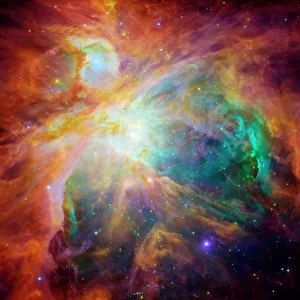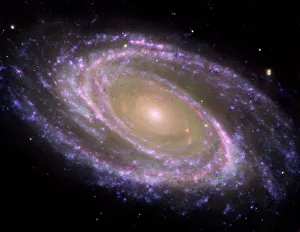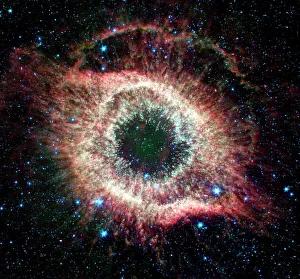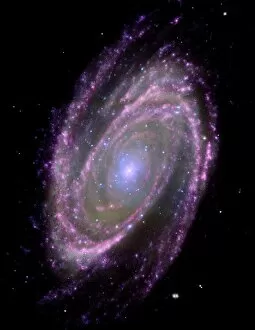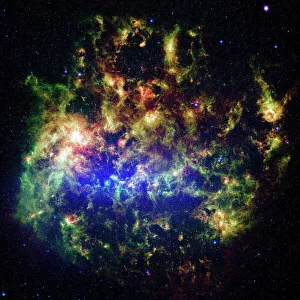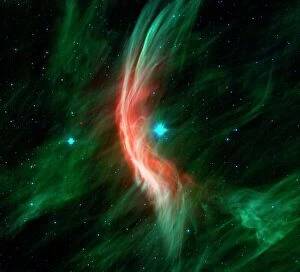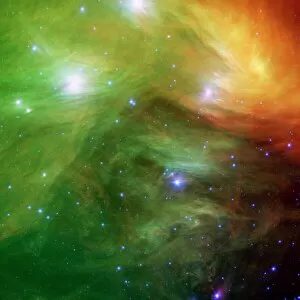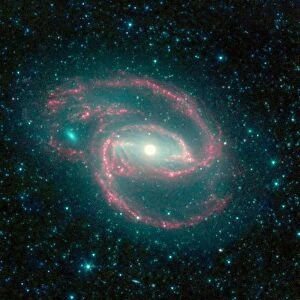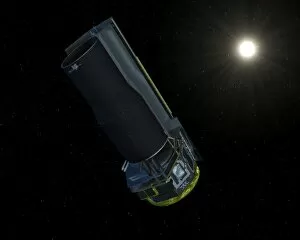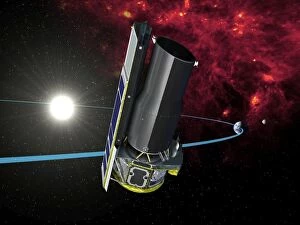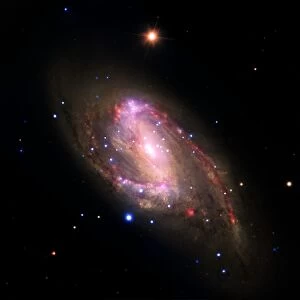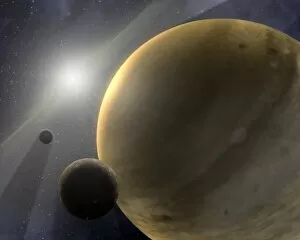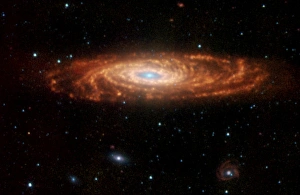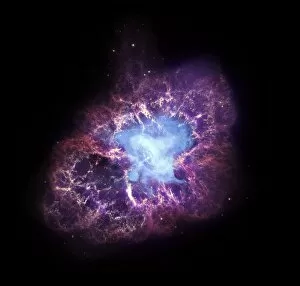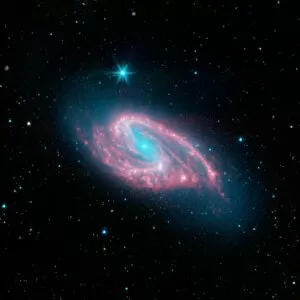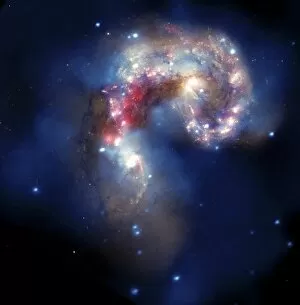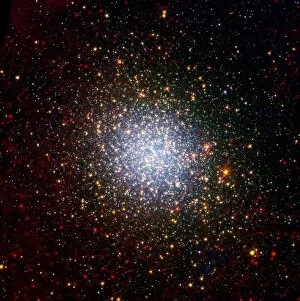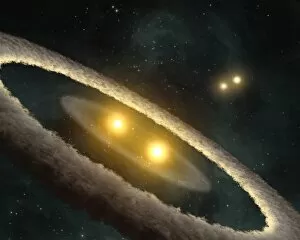Spitzer Space Telescope Collection
The Spitzer Space Telescope, a marvel of modern astronomy, has provided us with breathtaking images and invaluable insights into the vastness of our universe
All Professionally Made to Order for Quick Shipping
The Spitzer Space Telescope, a marvel of modern astronomy, has provided us with breathtaking images and invaluable insights into the vastness of our universe. From capturing the ethereal beauty of the Orion nebula to revealing the intricate details of spiral galaxy M81 in composite images, Spitzer has truly expanded our understanding. One captivating image showcases the Helix nebula in infrared through Spitzer's lens, unveiling its mesmerizing dust clouds illuminated by distant stars. Another awe-inspiring sight is the Large Magellanic cloud, a satellite galaxy to our own Milky Way, shimmering with celestial wonders. Comets Kick up Dust in Helix Nebula - an extraordinary phenomenon captured by Spitzer that demonstrates nature's ability to create stunning cosmic artistry. The Zeta Ophiuchi bow shock appears like a fiery ribbon against the darkness when viewed through infrared imaging. Pleiades star cluster reveals its hidden secrets as seen through Spitzer's infrared lens. This ancient gathering of stars shines brightly amidst interstellar dust and gas. And who could forget the Iceball Planet Artists Concept? A glimpse into what lies beyond our solar system, this concept sparks curiosity about potential habitable worlds. Infrared images from NASAs' joint mission between Spitzer Space Telescope and WISE (Wide-field Infrared Survey Explorer) have revolutionized how we perceive space. These collaborations have unveiled previously unseen aspects of celestial bodies and deepened our knowledge about their composition and behavior. Amongst these remarkable discoveries is NGC 1097 – a spiral-shaped galaxy located 50 million light-years away from Earth. Its long spindly arms adorned with countless stars encircle a black hole at its center surrounded by a ring of stellar brilliance; an enigmatic spectacle brought closer to us thanks to Spitzer's observations. Lastly, an animation showcasing two massive black holes orbiting each other within OJ 287 galaxy reminds us just how mysterious and dynamic our universe truly is.

